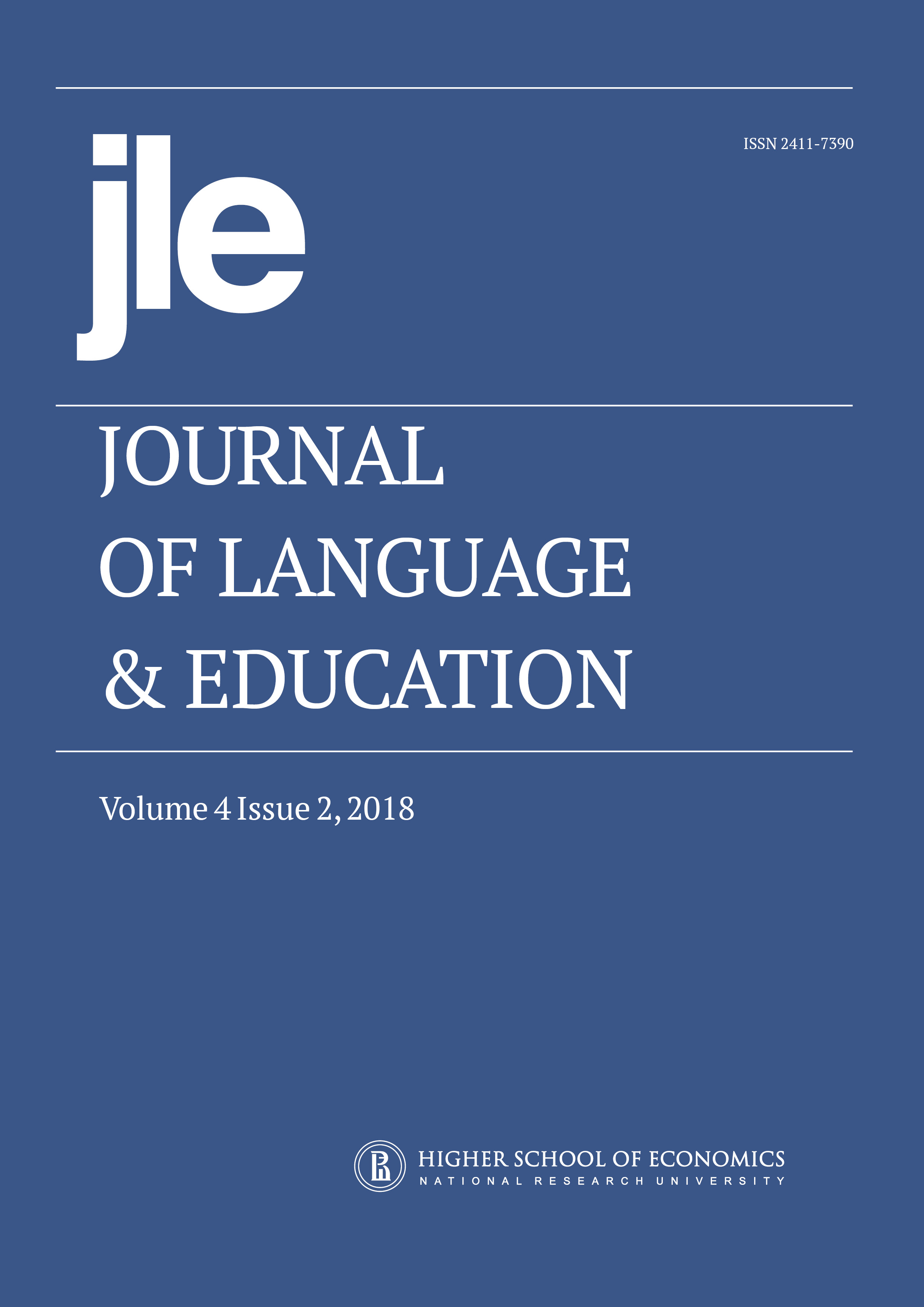Преодоление грамматического барьера в изучении иностранного языка: роль телесериала
Аннотация
Овладение грамматикой иностранного языка требует изучения правил, а также контекстов, в которых используются структуры. Поэтому формальное обучение грамматике должно быть дополнено предоставлением учащимся возможности изучать аутентичный язык. Согласно литературе, просмотр телесериалов на изучаемом языке улучшает восприятие на слух и способствует усвоению лексики. Однако ни одно исследование до сих пор не изучало рекурсивное использование одной серии в классе и в течение всего курса для более точного обучения грамматике. Представляя точные педагогические аргументы, обоснованные литературнымобзором по грамматическому обучению и фактическими данными из класса, данная статья утверждает, что телесериал может быть бесценным источником аутентичного языка и отличным средством обучения грамматике через контекст. Статья рекомендует использовать диалоги из сцен для преподавания и иллюстрации грамматических структур, особенно тех, которые отличаются или не существуют в родном языке учащихся В статье также предлагается дать студентам соответствующие письменные задания и адекватную корректирующую обратную связь, чтобы помочь им усвоить эти структуры. В соответствии с недавними исследованиями, указывающими на сильную связь между эмоциями и познанием, этот метод повышает мотивацию студентов и повышает изучение грамматики; как таковое, оно может подменять или дополнять традиционную практику преподавания грамматики и, таким образом, требует эмпирических исследований. Наконец, в статье очерчиваются направления дальнейших исследований, направленных на выяснение того, как телесериалы способствуют преподаванию и изучению грамматики.
Скачивания
Авторы, публикующие статьи в журнале, соглашаются с условиями политики авторских прав.



